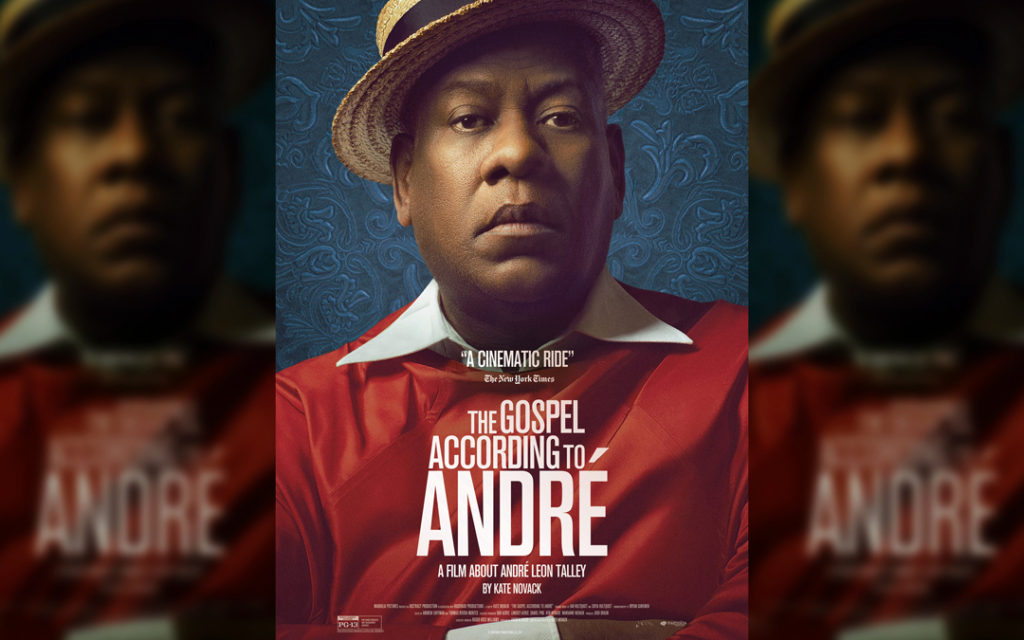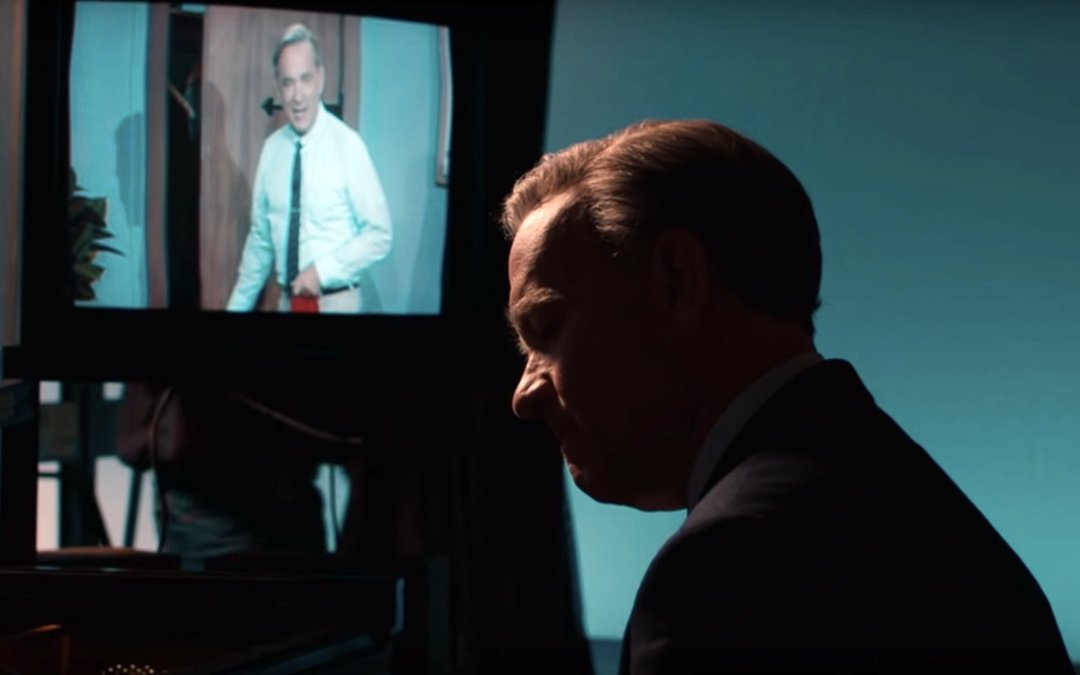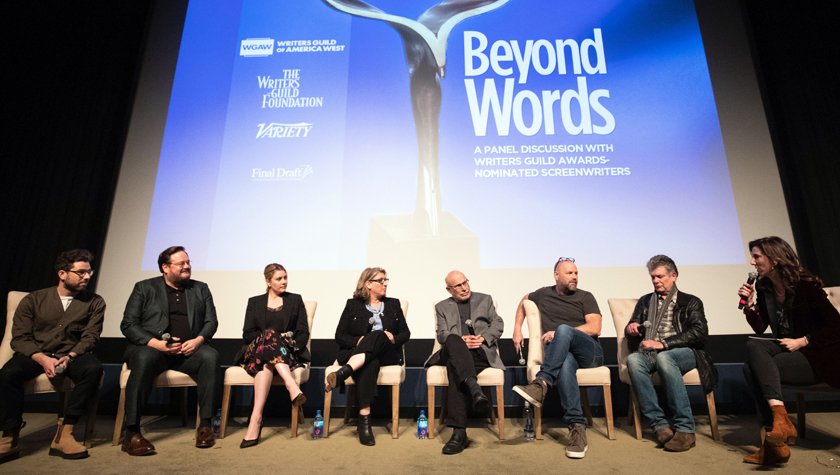Won't You Be My Neighbor?: A Master Class on How to Honor a Legend and Not Mess It Up
June 28, 2018
The heartwarming documentary Won't You Be My Neighbor? from award-winning director Morgan Neville paints a candid portrait of Fred Rogers of the beloved children’s program, Mister Rogers' Neighborhood.
Neville is best known for his Oscar® and Grammy-winning 2014 documentary, 20 Feet From Stardom and Emmy® Award-winning 2015 documentary, Best of Enemies.
At Sundance Catalyst, a three-day forum that connects film investors and funders with those working on Sundance-supported documentary and fiction projects, Neville managed to secure full funding for Won't You Be My Neighbor? before filming a single frame.
A self-described Rogers devotee, Neville strikes a nostalgic chord with this film by taking audiences on a melodic trolley ride behind the scenes of Fred Rogers’ journey to greatness. The documentary premiered at the Sundance Film Festival and opened in select theaters in June.
The Fred Rogers Company gave Neville full access to a treasure trove of archival material, but told him more than once to "not mess it up.”
In the film, he incorporates interviews; newspaper clippings, photographs, video footage, aerial landscapes of trains and even an animated cartoon tiger to illustrate Rogers' lifework. The film starts with black and white footage of Rogers at a piano circa 1967, using musical metaphors to discuss his philosophy on emotional modulation. This opening beat sets the tone for the compassionate approach Rogers used to address life's challenges.
Rogers was born to a wealthy family, but the film highlights his struggles with illness and a lack of acceptance as a child.
"Love is at the root of everything … love or lack of love," he says in the film.
Rogers also spoke of those that make others feel less than as exercising a kind of evil. This theme of acceptance permeated Rogers’ ethos and was famously communicated in his musical motto, I Like You as You Are.
In the film, the audience learns Rogers wanted to become an ordained minister but took a detour into children's television programming with a goal to bring dignity to entertainment by starkly contrasting the typical slapstick abasement he saw on television.
Neville transports viewers to Pittsburg 1953 with footage of Children’s Corner, the first program Rogers produced. It was there that, as a result of technical difficulties, Rogers serendipitously implemented his signature on-air puppetry. This revelation led to an ensemble of iconic puppet characters when he launched Mister Rogers’ Neighborhood in 1966. Subsequently, Rogers built a family, became an ordained minister and created 912 episodes of his famed series.
Every protagonist has character flaws and details of Rogers' personal life are respectfully divulged throughout the film.
From its inception, Rogers’ children’s show embraced controversial topics including war; divorce, integration, discrimination, death and assassination. While Rogers’ maxim was to "love thy neighbor as thyself,” the film includes an intimate interview with François Clemmons, the gay actor who portrayed Officer Clemmons on Mister Rogers’ Neighborhood.
The interview discloses that despite their friendship, Rogers struggled to accept Clemmons' lifestyle. Rogers’ widow, Joanne Rogers, notes her husband did come around eventually but that it was a challenge.
Interviews with Rogers' children and family give insight into his alter-egos that often manifested as characters for his puppets; from the shy tiger cub to the stubborn king. Like many celebrities, Rogers’ reputation was attacked by rumors and critics, which introduces an external conflict in the film. Won’t You Be My Neighbor? also highlights Rogers’ inner conflict, which came late in his career even after prolific success. The audience gets to see a thoughtful letter Roger's wrote to himself on a typewriter about his insecurities and his determination to overcome them.
Viewers revered Rogers as the straight-laced neighbor but the documentary takes a lighthearted look behind the scenes of his show, where humorous antics often transpired amongst his cast and crew. Neville includes interviews of sentimental colleagues detailing shenanigans and fond memories that can only come from years spent on set.
The director also shows the far-reaching influence of Rogers through interviews with those he inspired, including cellist Yo-Yo Ma. Neville previously directed The Music of Strangers: Yo-Yo Ma and the Silk Road Ensemble, which allowed him to have meaningful conversations with Ma about Ma’s enduring friendship with Rogers and connect with Ma’s son, Nicholas, who helped produce the Rogers documentary.
As in most great stories, a dragon must be slain.
Neville structures the film’s climax around a David and the Goliath-like obstacle, where Rogers faces an ominous Senate committee to defend the Public Broadcasting Service against then-President Richard Nixon’s proposed funding cuts.
As always; Rogers speaks from the heart, winning over the petulant Senator John O. Pastore with a respectful demeanor and a lyrical composition on how to cope with anger called What Do You Do With The Mad That You Feel? Rogers' radical kindness proves his value as an advocate and educator and it eventually inspired the committee to approve more $20 million of funding for PBS, a historic moment that influenced the lives of countless viewers.
In the film, Neville shows the reaction to Rogers from both children and adults: Footage of families lined up around the block to meet him represent his popularity, but it is a scene with an adult woman who conveyed her gratitude for his impact on her childhood that illuminates the scope of his imprint. The documentary brings touching moments full circle; Jeff Erlanger, the disabled boy who sang with Rogers on his show in 1981 helps induct Rogers into the TV Hall of Fame in 1999. The domino effect of these milestones triggered audible sniffles of audience members watching the documentary in the theater.
In the last part of the film, Neville shares Rogers' difficult return to public television following the September 11, 2001 attacks. While addressing the tragedy, Rogers sought to communicate hope by encouraging his audience to "always look for the helpers." Neville also includes footage of an inspiring commencement address Rogers gave to recent graduates.
“You don't have to ever do anything sensational for people to love you,” he says during the speech.
This may be, but Neville sensationally communicates the nourishment of acceptance and the value of emotional intelligence in his masterfully-crafted story about Rogers' legacy.
Written by: Celeste Thorson
Celeste Thorson is a Los Angeles based screenwriter and actress. She’s written and produced numerous lifestyle and E/I television shows. She’s appeared on episodes of CBS’ How I Met Your Mother, ABC’s Jimmy Kimmel Live, NBC’s Heartbeat, USA Network’s Unsolved, and TV Land’s The Exes. You can learn more about her work at imdb.me/celestethorson and follow her on Twitter @CelesteThorson



